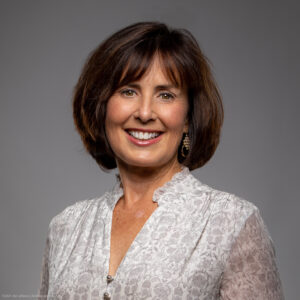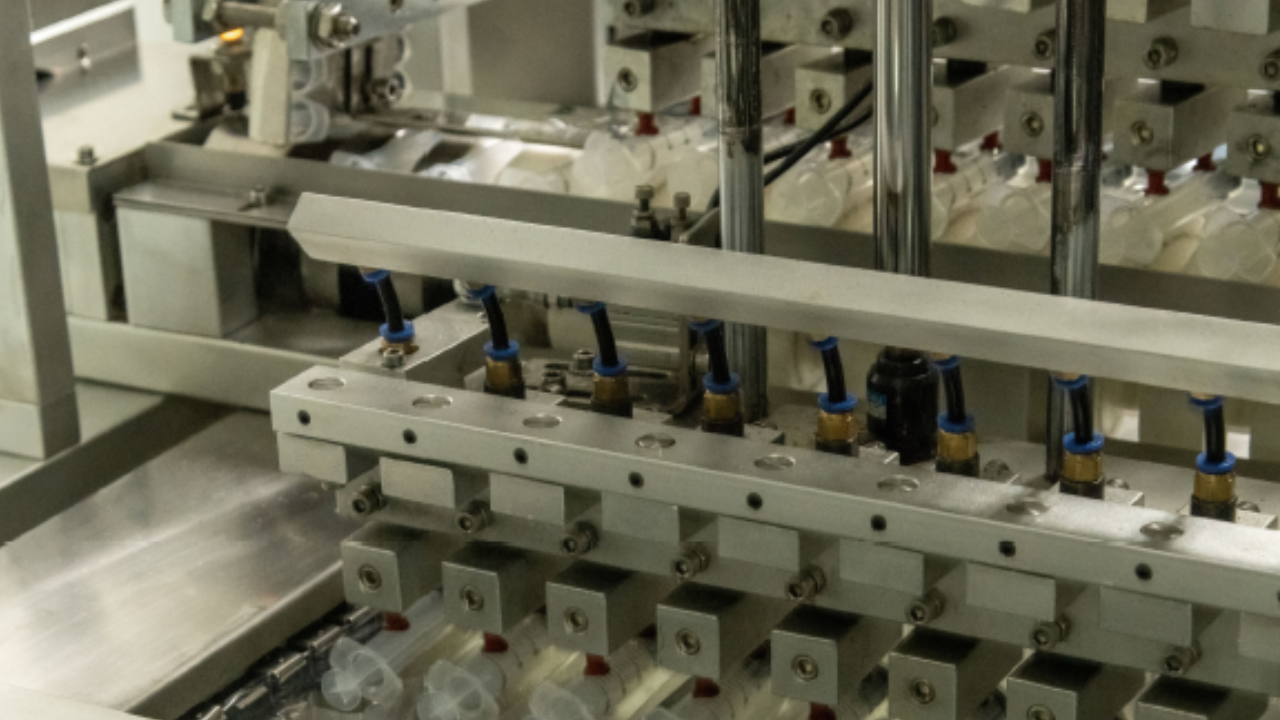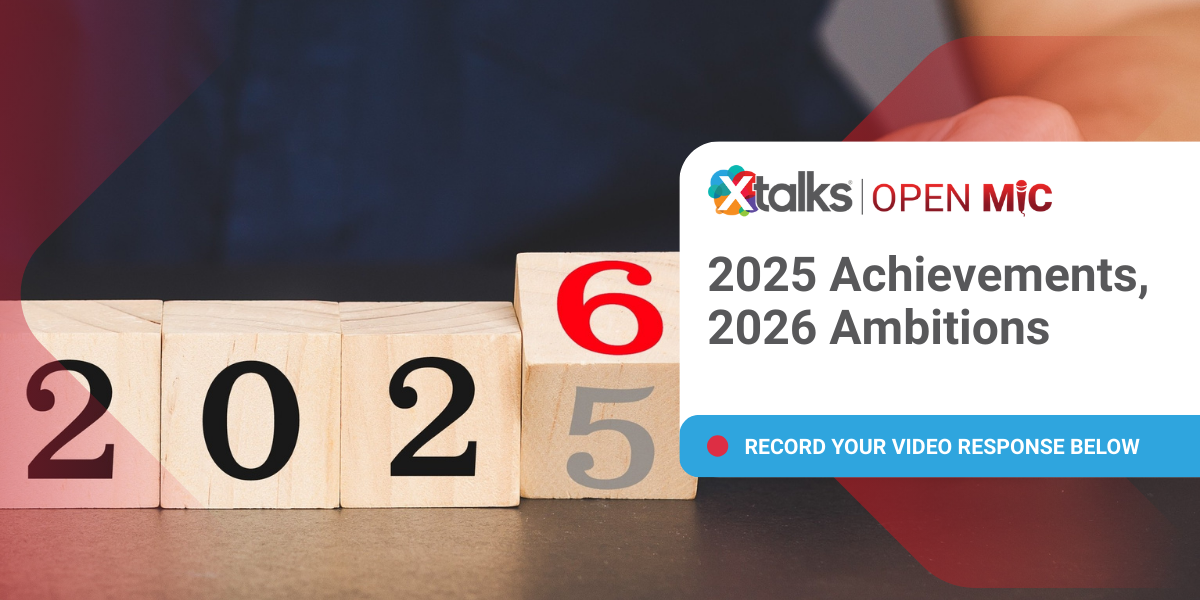Rare diseases, while each affecting only a small number of individuals, collectively impact millions of people worldwide. In the US, it is estimated that nearly 30 million people — about one in ten Americans — live with a rare disease.
With over 10,000 rare diseases identified, the overall burden is substantial. Approximately 80% of these diseases have a genetic basis, and many manifest in childhood, often with significant challenges in achieving a timely and accurate diagnosis.
One such rare disease is hypophosphatasia (HPP). HPP is an inherited metabolic disorder characterized by impaired mineralization of bones and teeth. This happens due to reduced activity of tissue-nonspecific alkaline phosphatase (TNAP), an enzyme encoded by the ALPL gene.
Severe forms of HPP are estimated to occur in approximately one in 100,000 live births, while milder forms may be more common. Some estimates suggest that up to one in every 200 Americans might be a carrier for HPP.
Clinically, HPP presents a broad spectrum of severity — from life-threatening perinatal forms to milder adult-onset cases that are often mistaken for osteoporosis. This variability not only poses challenges for diagnosis but also stresses the need for targeted research and innovative therapeutic approaches.
By exploring rare diseases and focusing on HPP, we can better understand the complexities of genetic disorders and the need for patient-centric research and collaboration.

Chairman of the Board
Soft Bones

VP, Global Head Patient Experience,
Patient Advocacy & Patient and Caregiver Insights
AstraZeneca
In this Xtalks Clinical Edge™ interview, Deborah Fowler, Chairman of the Board at Soft Bones, and Wendy Erler, VP, Global Head Patient Experience, Patient Advocacy & Patient and Caregiver Insights at AstraZeneca, share the inspiring journey of a patient advocacy movement that redefines industry approaches to rare diseases.
Their discussion shows how meaningful partnerships, deep listening and unwavering patient-centricity can transform clinical research, trial design and care delivery in rare conditions such as HPP.
Xtalks Clinical Edge™: Issue 4 — AstraZeneca and Rare Disease Advocacy
Xtalks Clinical Edge™ is a magazine for clinical research professionals and all who want to be informed about the latest trends and happenings in clinical trials. This magazine immerses you in a world where industry leaders, patient advocates and top researchers converge to provide the most insightful perspectives on clinical trials.
From Personal Experience to Patient Advocacy
Fowler’s journey into advocacy began with a deeply personal experience when her own child’s HPP diagnosis drove her to seek answers.
“I started this out on a journey for my son,” she recalls, exemplifying how personal challenges can ignite a broader mission.
Over time, that mission grew beyond her family, leading to the founding of Soft Bones. This dedicated organization has organized the patient community around HPP, connecting a global network of patients, caregivers and experts.
Erler supports this commitment, saying, “There isn’t a day goes by that I don’t have a patient’s story in my head,” a reminder that every individual’s journey fuels ongoing efforts to improve diagnosis, treatment and support.
Together, their work bridges the gap between personal struggle and industry change, embodying a model where patient voices not only guide research but also transform how rare diseases are understood and managed.
Building a Partnership on Trust and Transparency
The relationship between Soft Bones and AstraZeneca is founded on open dialogue and a shared commitment to tackling the multifaceted challenges of HPP.
Early collaborations in clinical trial design enabled both teams to integrate critical patient insights into study protocols. For instance, they assessed the travel burdens on families and tailored care models to address both pediatric and adult needs. This process has fostered an environment where real-world experiences guide clinical decisions.
Erler emphasized that “every individual patient is seen and heard,” accentuating the partnership’s dedication to ensuring that diverse patient experiences inform research and care strategies.
In parallel, Fowler likened the challenge to “running a nonprofit for 20 different diseases,” a candid reflection on the vast spectrum of HPP symptoms and the need for continuous education and adaptable research approaches.
Together, these leaders have cultivated a culture of trust and transparency that goes beyond conventional partnerships. Their sustained, honest dialogue has paved the way for Soft Bones’ innovative initiatives like the Soft Bones TeleECHO program that provides support and education for families navigating HPP.
Advancing Patient-Centricity in Drug Development
A central theme of the conversation was the importance of integrating patient voices into every stage of clinical research.
Erler explained that AstraZeneca’s approach is built on dedicated frameworks and specialized teams whose mission is to “bring the patient voice in” from the outset. These frameworks, which underpin clinical trial design, diagnostic guideline updates and strategic planning, ensure that real-world patient experiences drive key decisions.
Whether through focus groups, national patient meetings or one-on-one consultations, Soft Bones has established itself as a trusted partner in shaping the patient experience and guiding innovation.
Fowler emphasized that active listening is critical to advancing patient-centric drug development. “I work with my team to make sure we do a lot of listening,” she noted, highlighting how insights gathered from community interactions — whether via social media, regional meetings or direct patient feedback — serve as a powerful megaphone for the HPP community.
This continuous flow of information informs the design of clinical trials and the development of new treatments. It also helps address everyday challenges, from overcoming insurance hurdles to navigating educational support for affected children.
Mutual Value and Broader Impact
The collaboration between Soft Bones and AstraZeneca has already yielded remarkable milestones.
One notable achievement is the inclusion of adult patients in clinical trials — a critical development, given that HPP manifests differently across age groups.
This development has led to the creation of new diagnostic guidelines and established robust feedback loops between patients, clinicians and researchers. These communication channels ensure that real-world patient experiences directly influence research and treatment innovation.
Both leaders are passionate about setting new industry benchmarks. Erler says, “Patient-centricity is not a nice to have; it’s a business imperative,” emphasizing the need for pharma companies to integrate the patient voice into every level of decision-making.
Likewise, Fowler remarks that she’d “like to see this partnership become a best practice in business,” highlighting how their collaborative model not only benefits individual patients but also offers an example for the broader rare disease community.
A Blueprint for Future Innovation
Looking ahead, both Fowler and Erler are determined to deepen their collaboration, envisioning a future where ongoing dialogue leads to novel research and transformative care strategies.
They see a pathway where more nuanced studies yield improved diagnostic tools and tailored treatments that not only address the medical challenges of HPP but also elevate patients’ quality of life.
Erler summed up the sentiment by saying, “For me, it’s personally and professional, it’s such an incredible privilege to be so deeply connected to purpose,” reflecting the passion that fuels their work.
Erler also shares an email from a rare disease patient that she keeps on her desk, and the patient writes in part, “When living with a rare disease, there’s rarely a clear standard of care. You’re often left navigating a landscape of trial and error, never knowing what treatments will help and what will disappoint. The constant setbacks are exhausting, and it becomes easy to feel deflated, especially when your condition is already draining so much of your energy and life. That’s why we all have to work together.”
Fowler reflects on her commitment to ensuring that every innovation has a tangible impact, saying “I’m so proud that we have partnered in some way to be able to positively make a difference and to improve the patient’s quality of life.”
By placing patient voices at the heart of decision-making, Fowler and Erler are reshaping how the industry approaches rare diseases.
Their story is an invitation to embrace a future where every patient’s journey is validated, every challenge is met with innovation and every partnership drives meaningful progress in healthcare.












Join or login to leave a comment
JOIN LOGIN